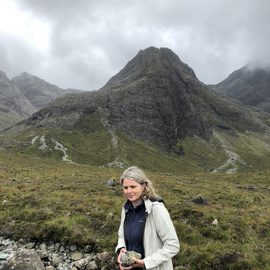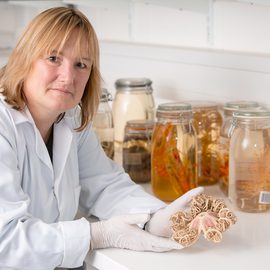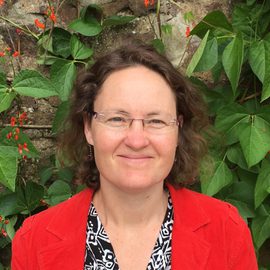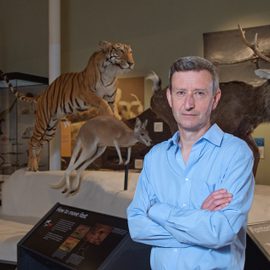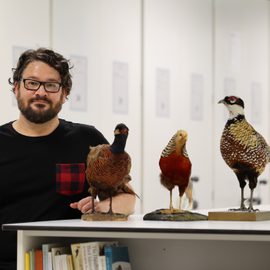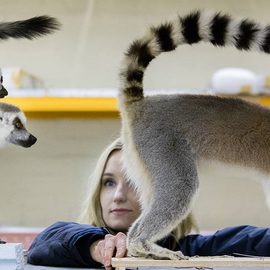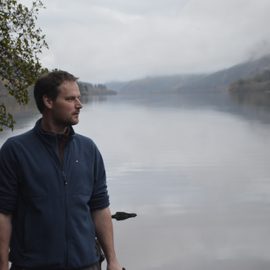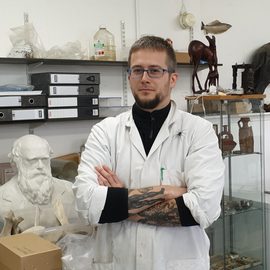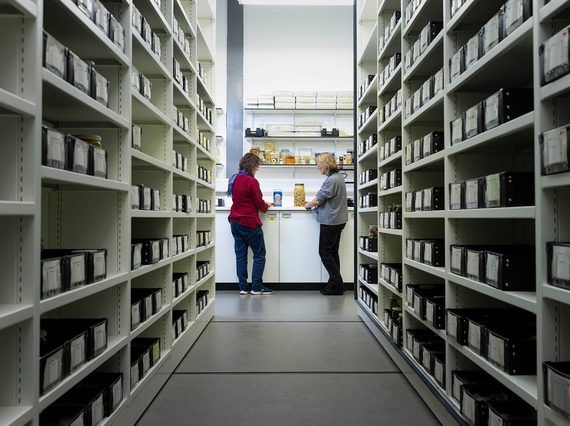
Natural Sciences
Meet the team
Our curators and staff are listed here by collections area. For general enquiries contact Rachel Russell, Departmental Administrator, on the number or email below.
Contact list of staff members
Natural Sciences department
Earth Systems
Invertebrates
Palaeobiology
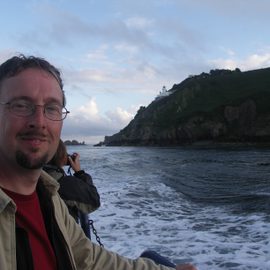
Dr Andrew Ross
Principal Curator of Palaeobiology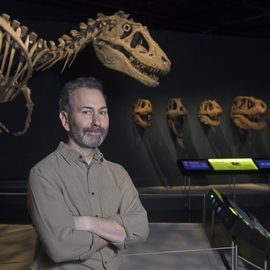
Dr Stig Walsh
Senior Curator of Vertebrate Palaeobiology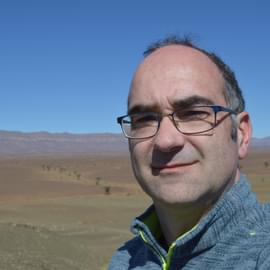
Dr Yves Candela
Curator of Invertebrate Palaeobiology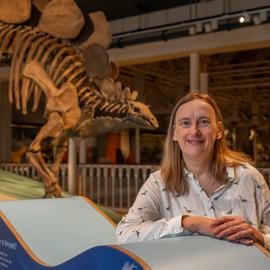
Dr Sarah Stewart
Assistant Curator of Palaeobiology
Vicen Carrió, ACR
Palaeobiology Conservator / Preparator
Dr Nick Fraser
Keeper of Natural Sciences- she / her
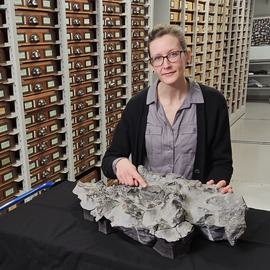
Dr Elsa Panciroli
NERC Independent Research Fellow
